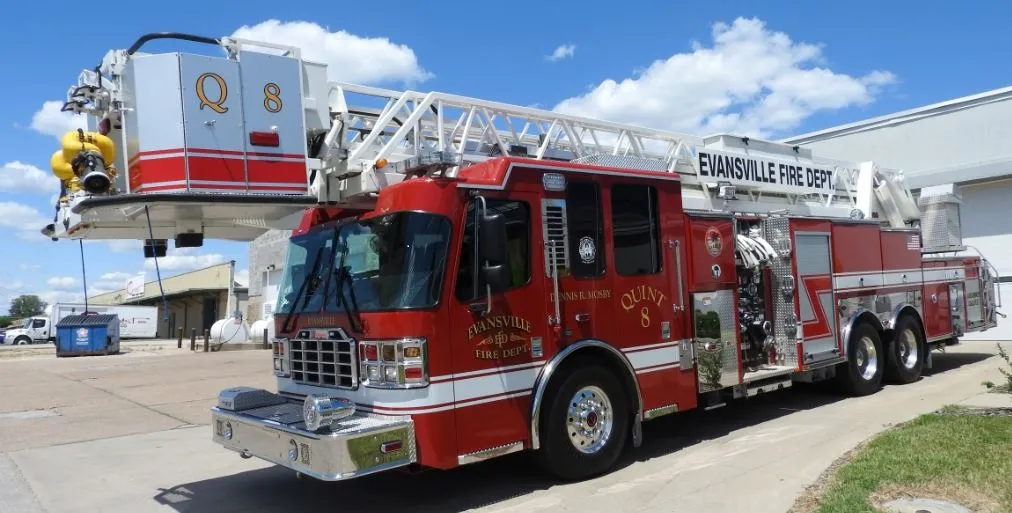The City of Palo Alto, California is to install what is said to be one of the first traffic management systems in the country to address the needs of connected vehicles.
Trafficware will implement a traffic data export system using its ATMS.now 2.0 and SynchroGreen systems that will allow the city to securely disseminate real-time traffic signal data to auto manufacturers using smart vehicle technologies.
The traffic signals at 100 intersections will be upgraded using Trafficware controllers, in addit
December 15, 2014
Read time: 2 mins
The City of Palo Alto, California is to install what is said to be one of the first traffic management systems in the country to address the needs of connected vehicles.
5642 Trafficware will implement a traffic data export system using its ATMS.now 2.0 and SynchroGreen systems that will allow the city to securely disseminate real-time traffic signal data to auto manufacturers using smart vehicle technologies.
The traffic signals at 100 intersections will be upgraded using Trafficware controllers, in addition to the installation of the company’s ATMS.now 2.0 traffic management system. The City will also install Trafficware’s SynchroGreen adaptive traffic control system at nine intersections to update signal timings in real-time based on current traffic demand and help alleviate congestion and reduce motorist delay.
Trafficware will introduce a web-based driver information system, allowing the public to view real-time traffic conditions, video feeds and obtain current traffic data using a web browser, smart phone or tablet. The driver information system will integrate with the City’s future parking management system and includes real-time parking occupancy data in downtown Palo Alto, provided by VIMOC Technologies’ Smart Cities Platform. This open platform utilises a technology called Landscape-Computing that minimises network bandwidth consumption and latency, which is critical for accurate real-time parking data.
The project is due to begin this month and is expected to be operational by September 2015.
“As we looked for a partner for traffic management for the next decade, it became important to consider capabilities for connected vehicles,” said Jaime Rodriguez, chief transportation official for the city of Palo Alto. “Trafficware’s ATMS.now is the City’s current traffic management system, so upgrading to ATMS 2.0 was a natural choice. The City is expanding functionality of the traffic management system to meet the data sharing demands that we anticipate within our market.”
The traffic signals at 100 intersections will be upgraded using Trafficware controllers, in addition to the installation of the company’s ATMS.now 2.0 traffic management system. The City will also install Trafficware’s SynchroGreen adaptive traffic control system at nine intersections to update signal timings in real-time based on current traffic demand and help alleviate congestion and reduce motorist delay.
Trafficware will introduce a web-based driver information system, allowing the public to view real-time traffic conditions, video feeds and obtain current traffic data using a web browser, smart phone or tablet. The driver information system will integrate with the City’s future parking management system and includes real-time parking occupancy data in downtown Palo Alto, provided by VIMOC Technologies’ Smart Cities Platform. This open platform utilises a technology called Landscape-Computing that minimises network bandwidth consumption and latency, which is critical for accurate real-time parking data.
The project is due to begin this month and is expected to be operational by September 2015.
“As we looked for a partner for traffic management for the next decade, it became important to consider capabilities for connected vehicles,” said Jaime Rodriguez, chief transportation official for the city of Palo Alto. “Trafficware’s ATMS.now is the City’s current traffic management system, so upgrading to ATMS 2.0 was a natural choice. The City is expanding functionality of the traffic management system to meet the data sharing demands that we anticipate within our market.”










